Follow the Advocate on Twitter @GSA_Advocate
New center to advance the development of harmful algal bloom control technology projects with commercial potential
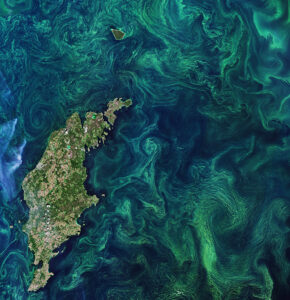
The University of Maryland Center for Environmental Science (UMCES) has been awarded a $7.5 million grant from the National Oceanographic and Atmospheric Administration (NOAA) to lead an innovative U.S. Harmful Algal Bloom Control Technology Incubator (US HAB-CTI). The purpose will be to “advance innovative ways to control harmful algal blooms (HABs) that are impacting the health of people and marine ecosystems, as well as regional economies.”
“Overall harmful algal blooms frequency has been increasing a tremendous amount over the past five years due to climate change, increasing temperatures, and legacy nutrients,” said Al Place, professor at the University of Maryland Center for Environmental Science.
Harmful algal blooms, such as red tide, cause a wide variety of environmental, economic and human health problems. As scientists, governments and agencies work to assess approaches, there has been an increasing need to incorporate environmental compliance, risk assessments and other permitting in the decision-making process to use a control agent or approach.
The U.S. Harmful Algal Bloom Control Technologies Incubator is a unique partnership between UMCES’ Institute of Marine and Environmental Technology and Mote’s Red Tide Mitigation and Technology Development Initiative to offer the first-of-its-kind center to solicit, fund and assist the development of innovative harmful algal bloom control technology projects with commercial potential. It will also provide guidance on navigating the relevant licensing and permitting processes through an online clearinghouse of proven control methods.
“Field demonstration of harmful algal bloom control techniques is needed to fill the gap between laboratory research and larger scale implementation,” said Peter Goodwin, president of the University of Maryland Center for Environmental Science. “This is an ideal partnership to address a concerning global issue.”
IMET has the capability to perform lab-based experiments with freshwater toxic HABs in freshwater, and Mote has extensive experience with Florida red tide in the Gulf of Mexico, including their lab-based testing of mitigation strategies at their inland Mote Aquaculture Research Park and their facilitation of pilot field tests during past active red tide blooms.
Eye in the sky: Europe employs satellites to advance aquaculture
IMET and Mote will make available to grantees their research infrastructure to test mitigation compounds, technologies and deployment mechanisms for marine, estuarine and freshwater HAB species that negatively impact the U.S. economy, environment, and quality of life.
“We know firsthand how devastating HABs can be,” said Dr. Michael P. Crosby, Mote president. “NOAA recognized the important role that our innovative collaboration will have in effectively and efficiently bringing together many diverse partners from industry, academia and non-profit organizations with a laser focus on utilizing past research and existing knowledge to develop new technologies and approaches for mitigating the impacts of HABs to the environment, economy and quality of life in communities across the U.S.”
Annual solicitations will be announced on the US HAB-CTI and NOAA websites and through national harmful bloom networks beginning in Spring 2023.
Now that you've reached the end of the article ...
… please consider supporting GSA’s mission to advance responsible seafood practices through education, advocacy and third-party assurances. The Advocate aims to document the evolution of responsible seafood practices and share the expansive knowledge of our vast network of contributors.
By becoming a Global Seafood Alliance member, you’re ensuring that all of the pre-competitive work we do through member benefits, resources and events can continue. Individual membership costs just $50 a year.
Not a GSA member? Join us.
Author
-
Responsible Seafood Advocate
[103,114,111,46,100,111,111,102,97,101,115,108,97,98,111,108,103,64,114,111,116,105,100,101]
Tagged With
Related Posts
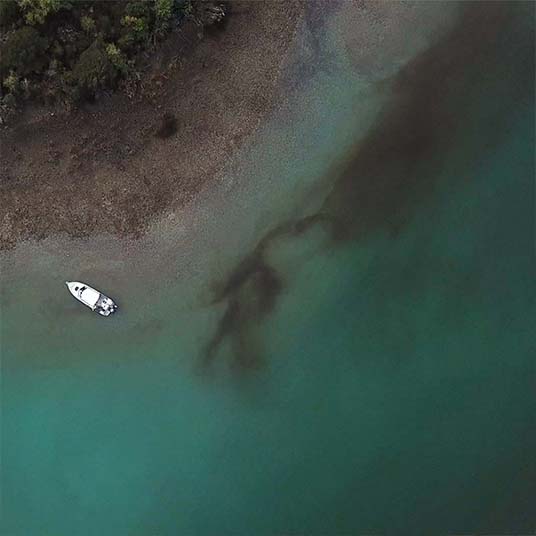
Intelligence
Harmful algal blooms could threaten New Zealand’s shellfish aquaculture productivity
A new study suggests that harmful algal blooms could threaten shellfish health and the growth of New Zealand's aquaculture industry.
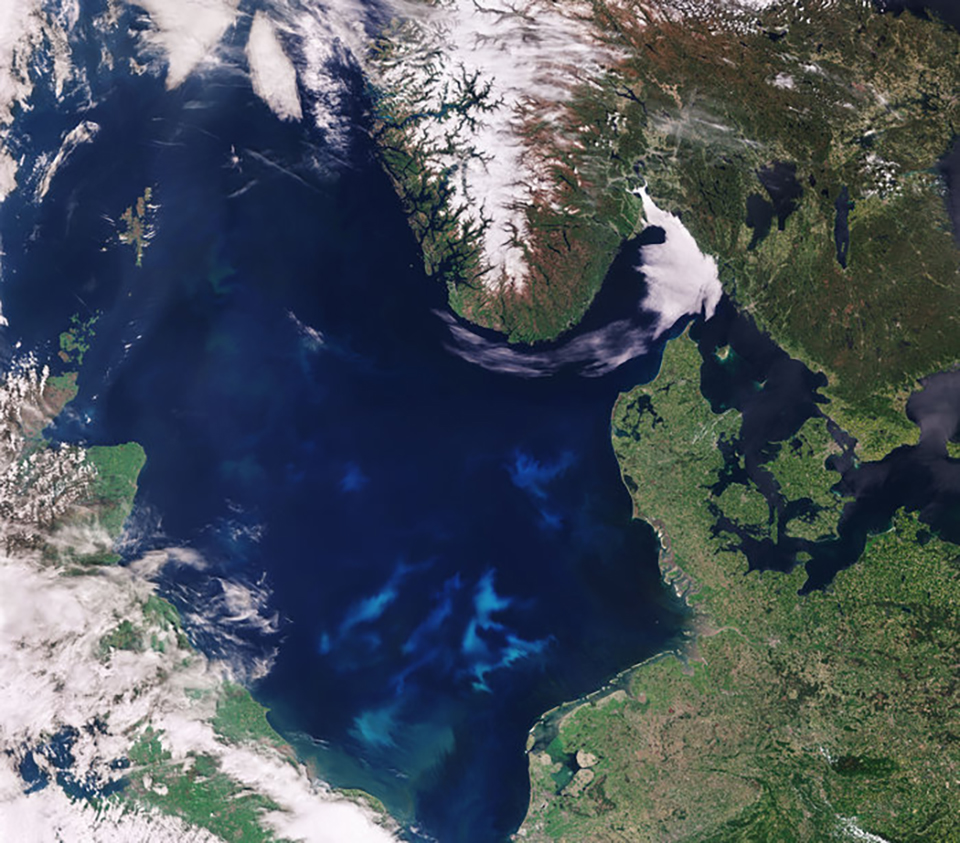
Responsibility
NOAA invests millions to take on harmful algal blooms
The National Oceanic and Atmospheric Administration announced $15.2 million in funding to research harmful algal blooms throughout U.S. coastal and Great Lakes waters.
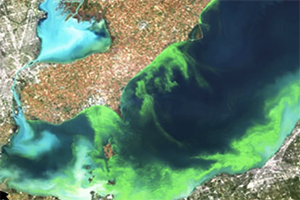
Intelligence
Can machine learning using climatic pattern data help predict harmful algal blooms earlier?
Study shows that a novel machine-learning approach using global climatic patterns can improve seasonal prediction of harmful algal blooms.
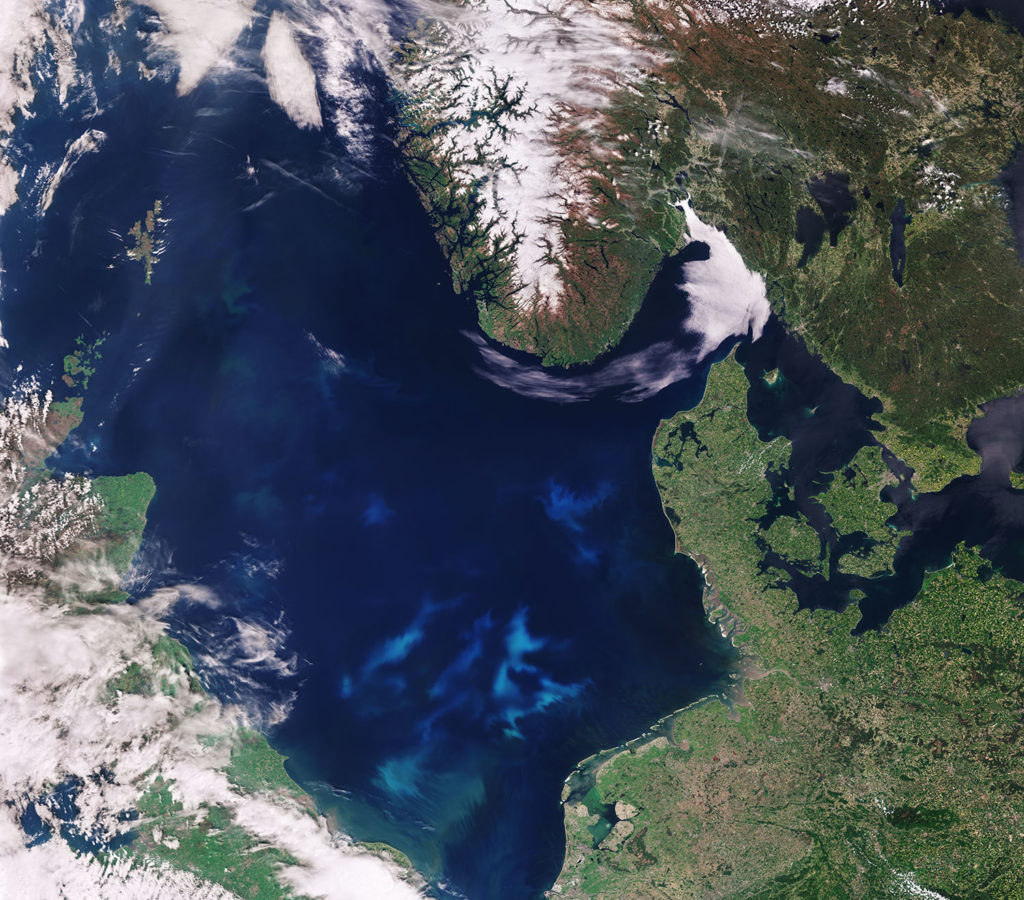
Innovation & Investment
Killers at sea: Harmful algal blooms and their impact on aquaculture
The causes and effects of harmful algal blooms have only been studied recently, as damage to the global aquaculture industry mounts.



